All Stories
-
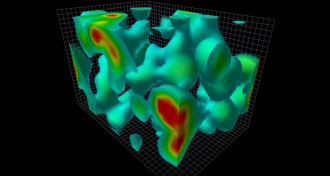 Physics
Physics‘Void’ dives into physics of nothingness
In modern physics, emptiness is elusive and difficult to define, a new book shows.
-
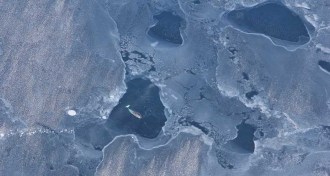 Animals
AnimalsNarwhals are really, really good at echolocation
Audio recordings from the Arctic suggest that narwhals take directional sonar to the extreme.
-
 Animals
AnimalsNarwhals are really, really good at echolocation
Audio recordings from the Arctic suggest that narwhals take directional sonar to the extreme.
-
 Health & Medicine
Health & MedicineWhat not to do when your kid tells a lie
We teach children that lying is naughty, but it’s actually a sign of good brain development.
-
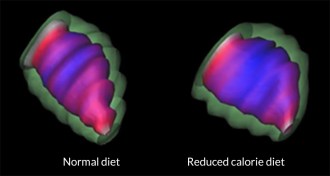 Health & Medicine
Health & MedicinePoor diet in pregnancy, poor heart health for infants
Moms who eat too little during pregnancy could have babies with heart risks.
By Laura Beil -
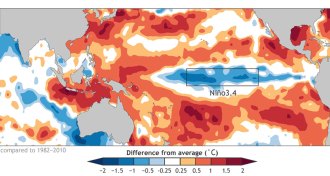 Climate
ClimateSay hola to La Niña
La Niña, El Niño’s meteorological sister, has officially taken over and could alter weather patterns throughout the world this winter.
-
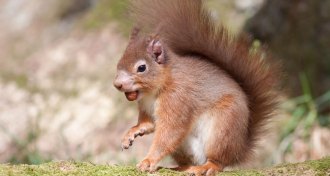 Life
LifeBritish red squirrels serve as leprosy reservoir
Red squirrels in the British Isles can harbor the bacteria that cause leprosy.
-
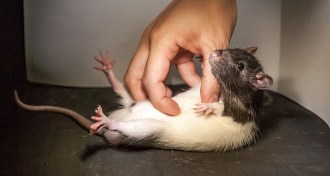 Neuroscience
NeuroscienceGiggling rats help reveal how brain creates joy
Rats relish a good tickle, which activates nerve cells in a part of the brain that detects touch.
-
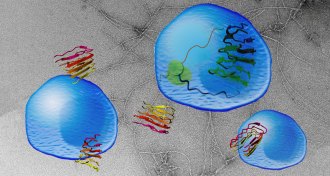 Life
LifeProtein mobs kill cells that most need those proteins to survive
A protein engineered to aggregate gives clues about how clumpy proteins kill brain cells.
-
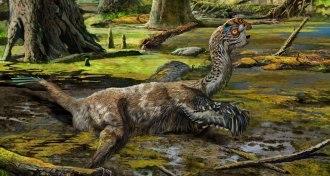 Paleontology
PaleontologyDragon dinosaur met a muddy end
‘Mud dragon’ fossil discovered in China suggests that dinosaurs’ last days were an active time of evolution.
By Meghan Rosen -
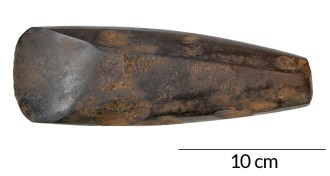 Archaeology
ArchaeologyStone adze points to ancient burial rituals in Ireland
A polished stone tool discovered in Ireland’s earliest known gravesite helps scientists revive an ancient burial ceremony.
By Bruce Bower -
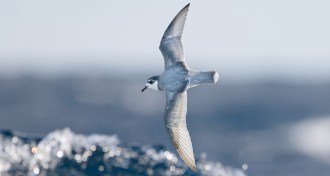 Environment
EnvironmentOcean plastic emits chemical that may trick seabirds into eating trash
Some seabirds might be eating plastic because it emits a chemical that smells like food.